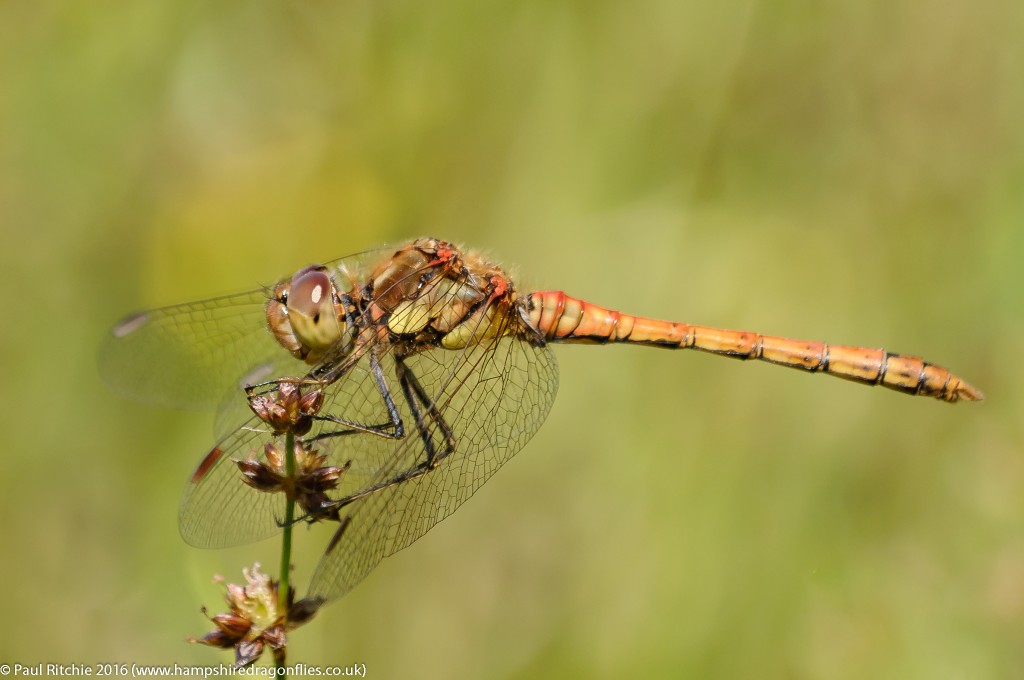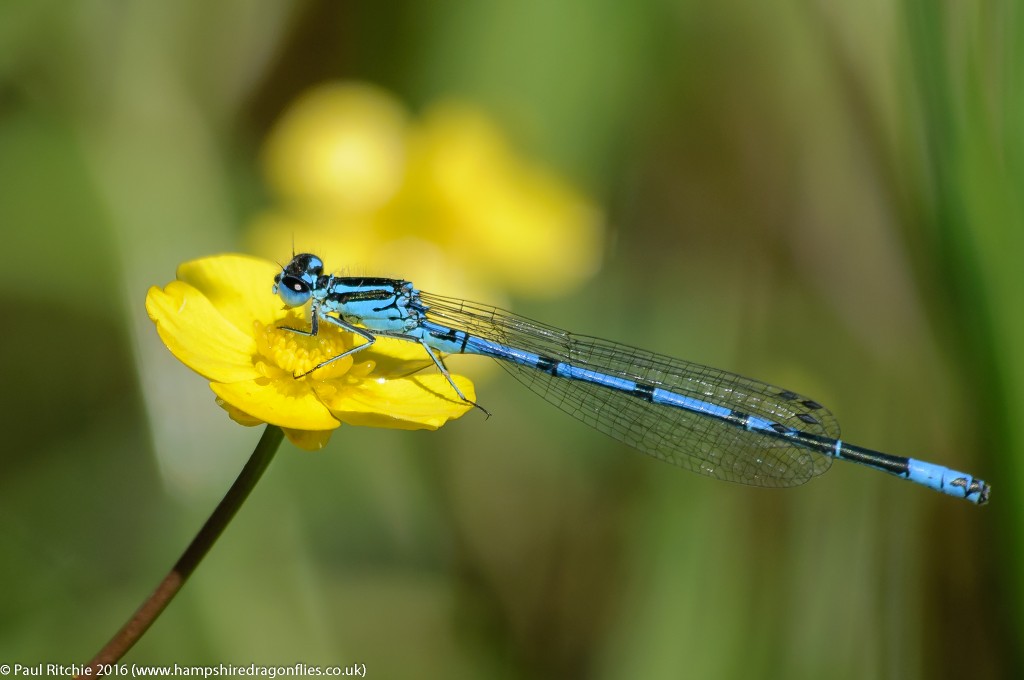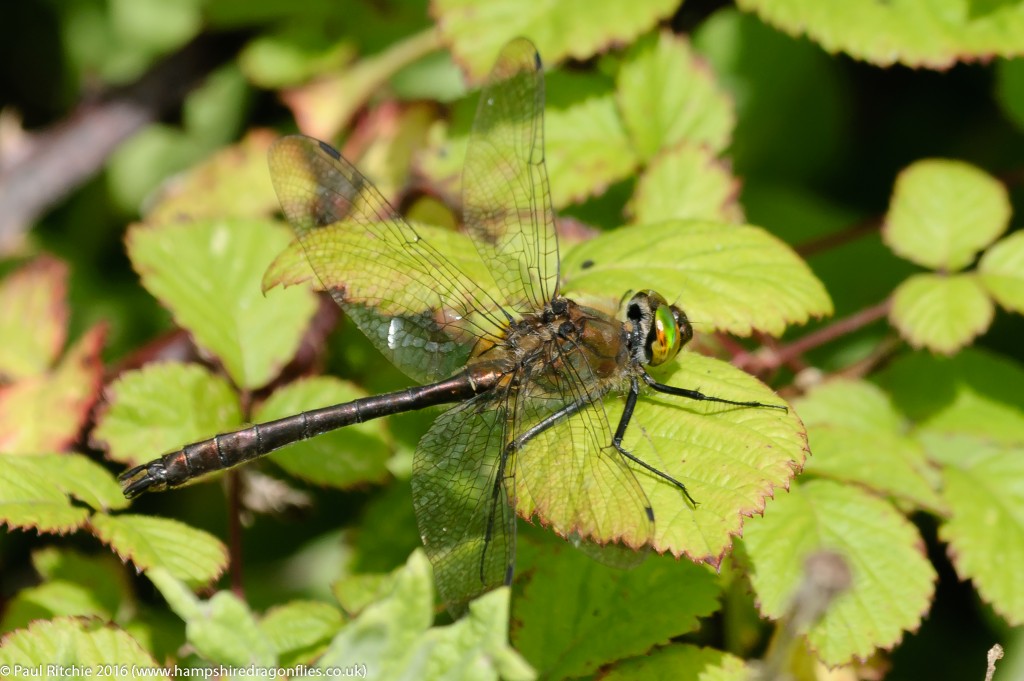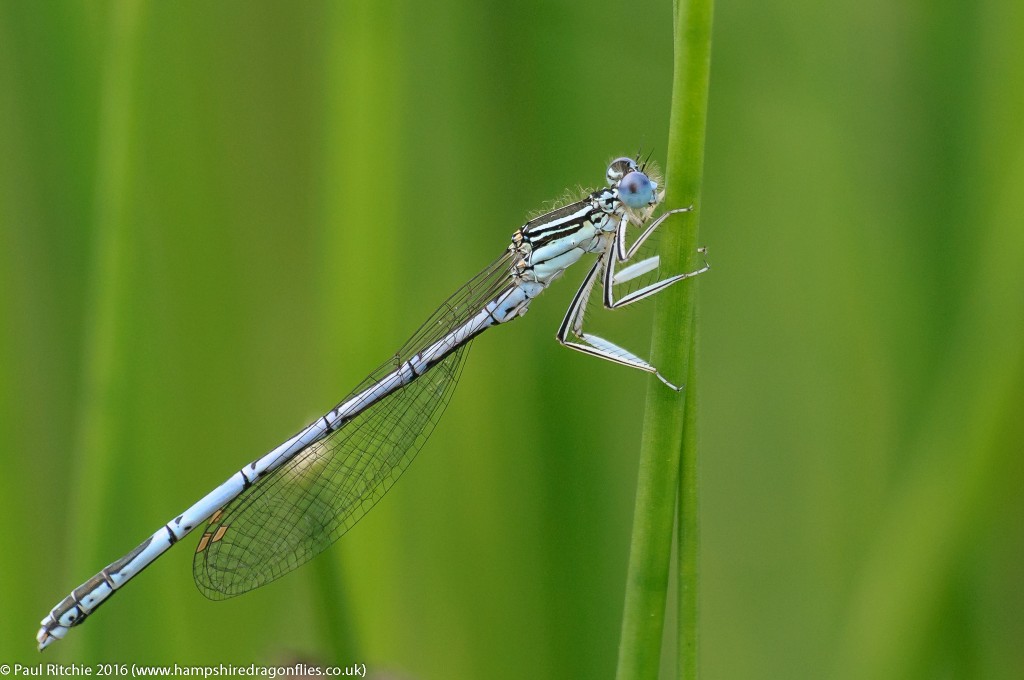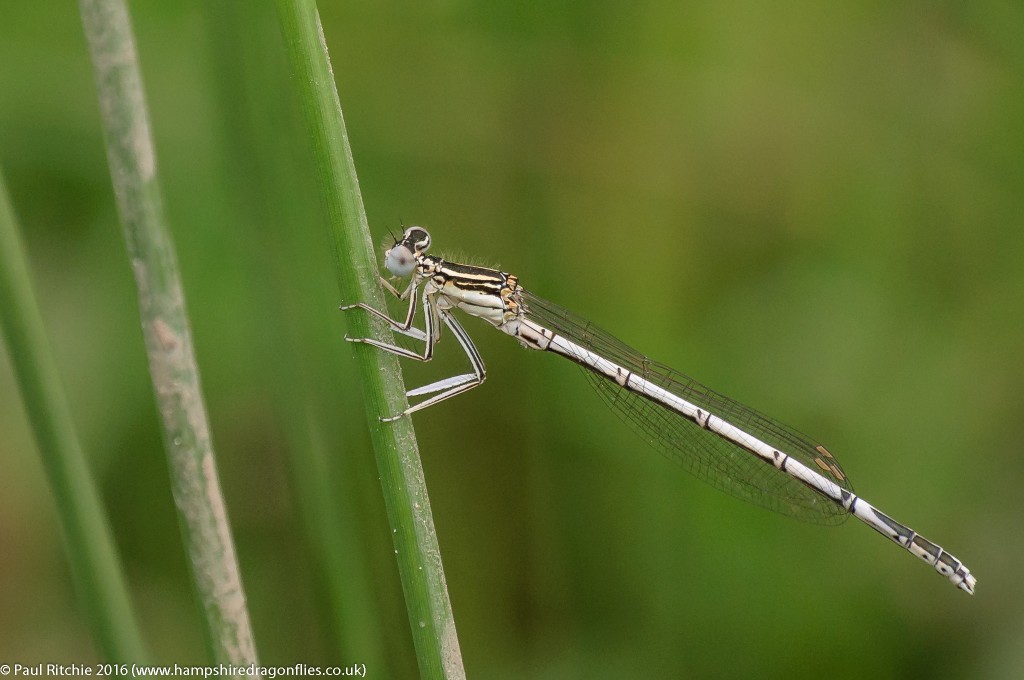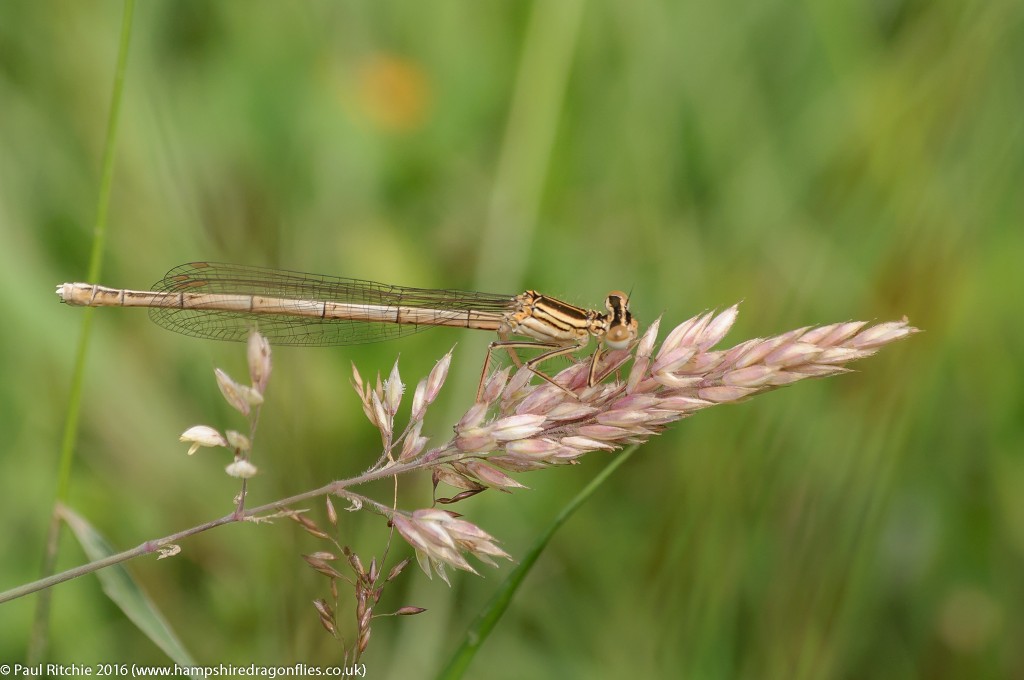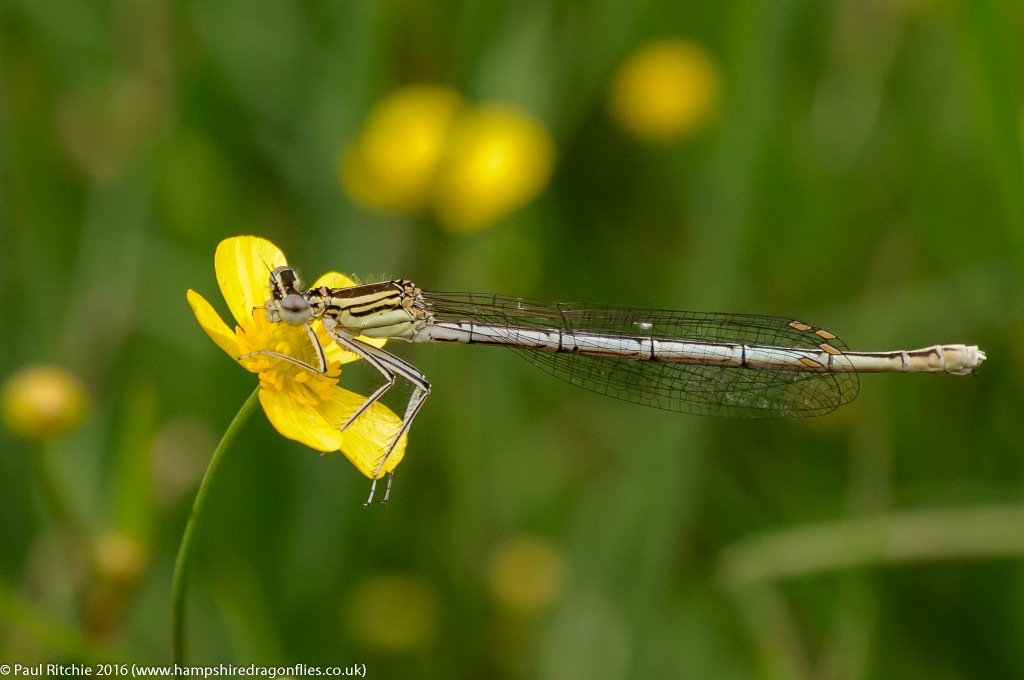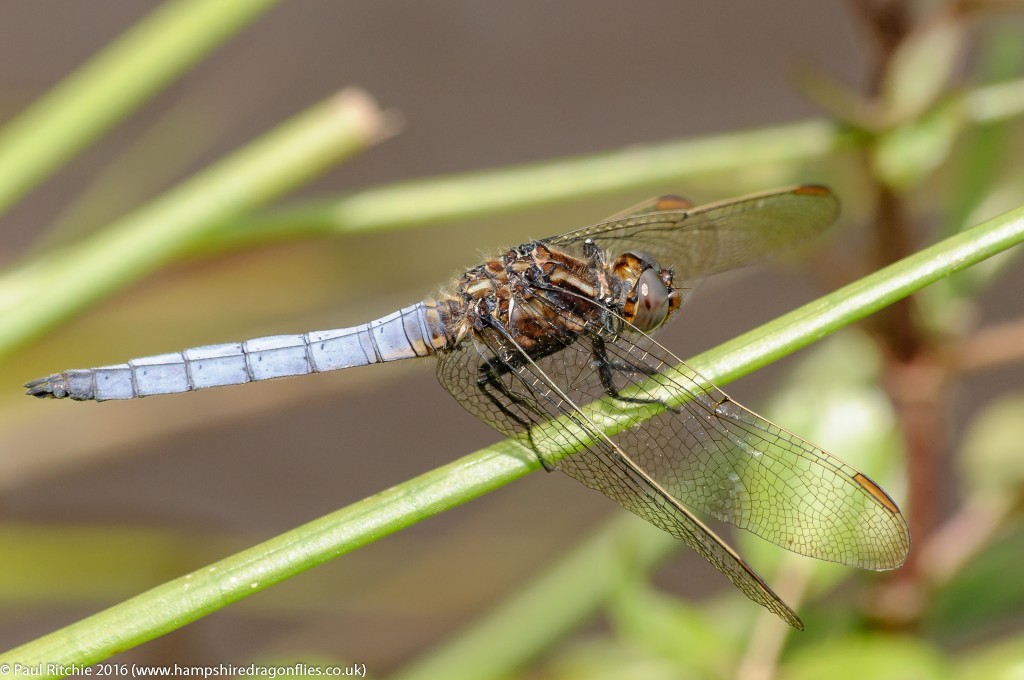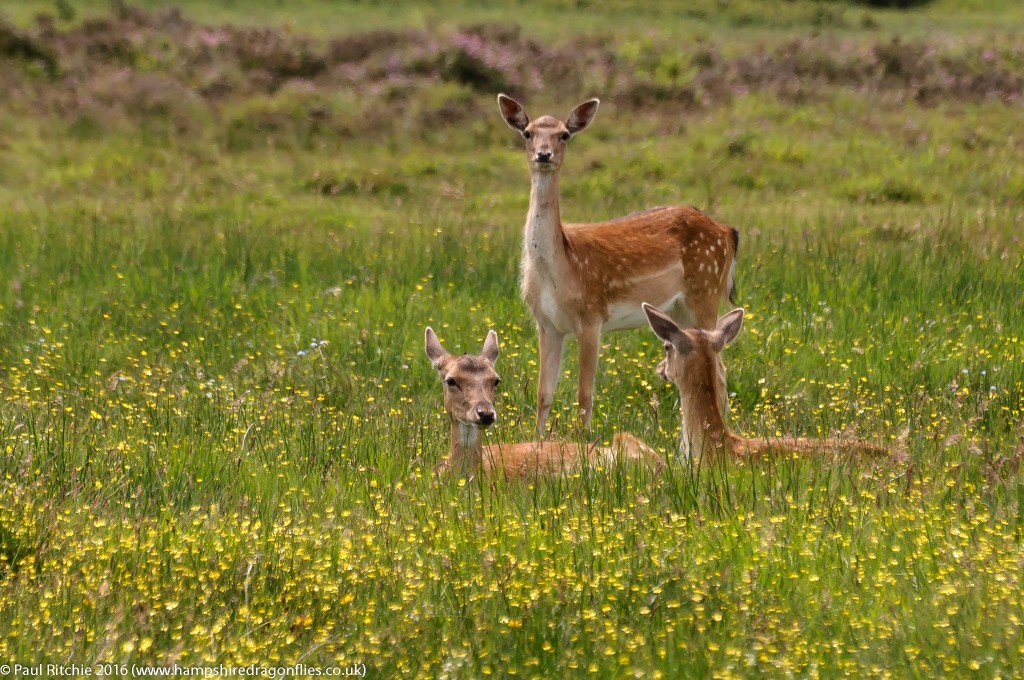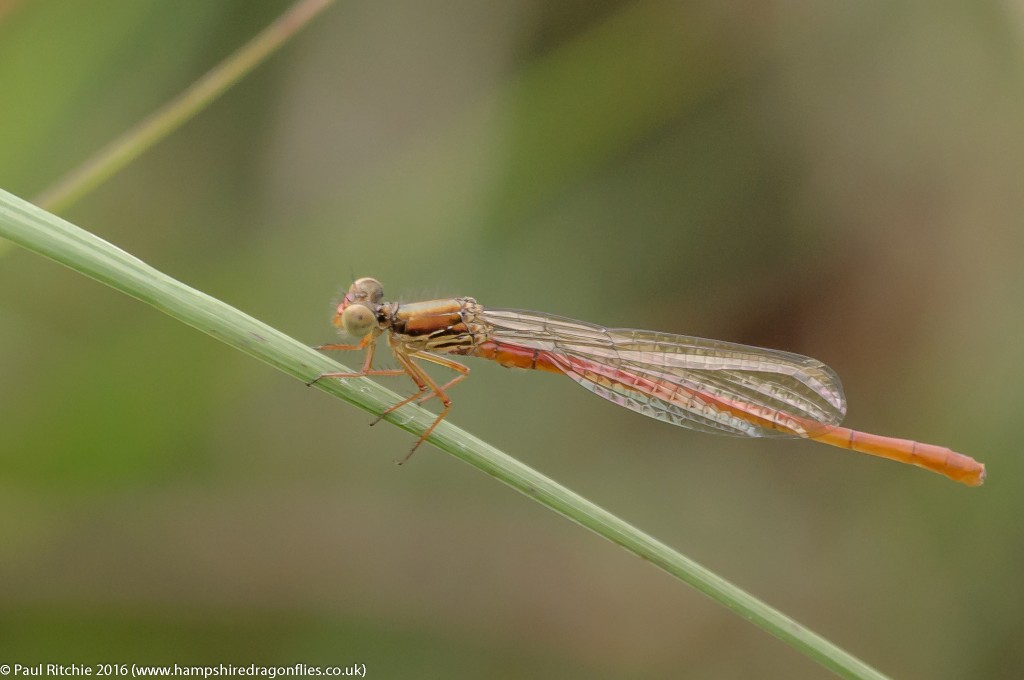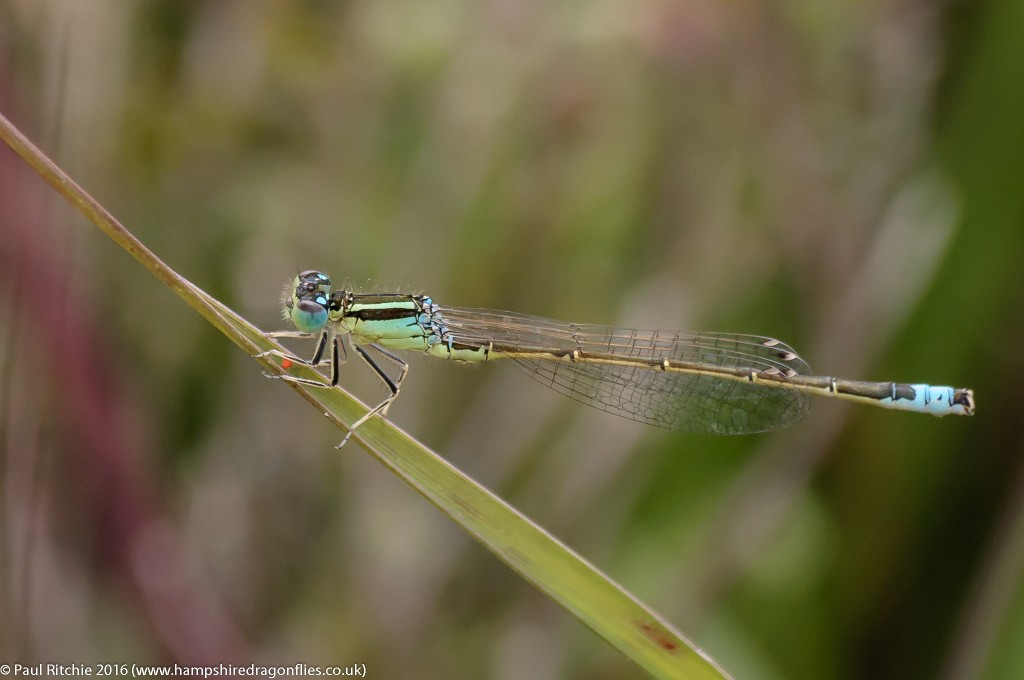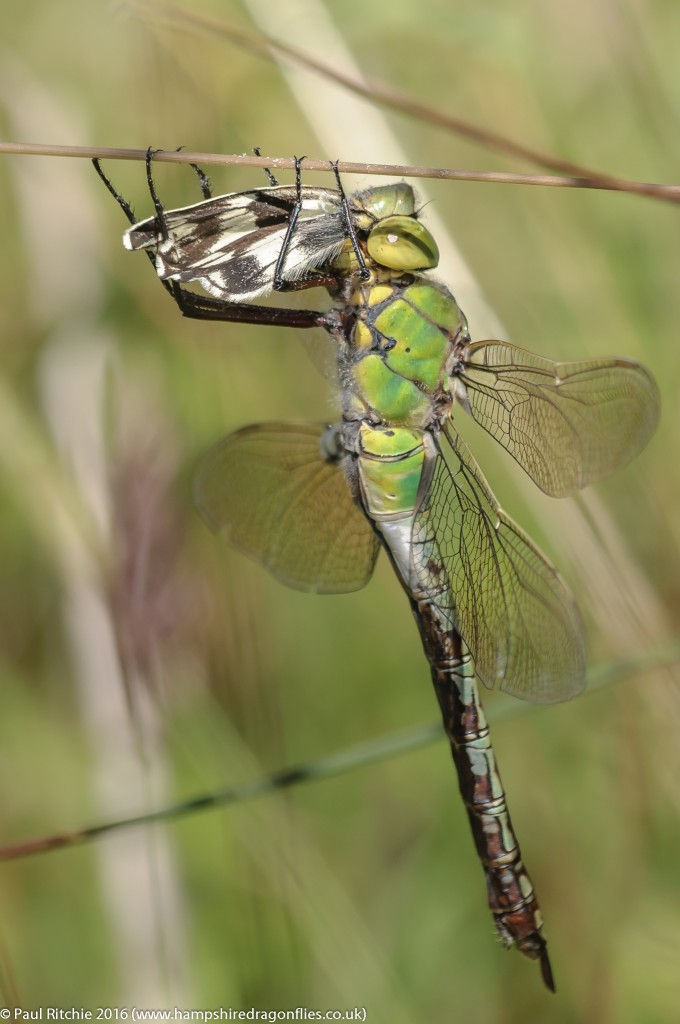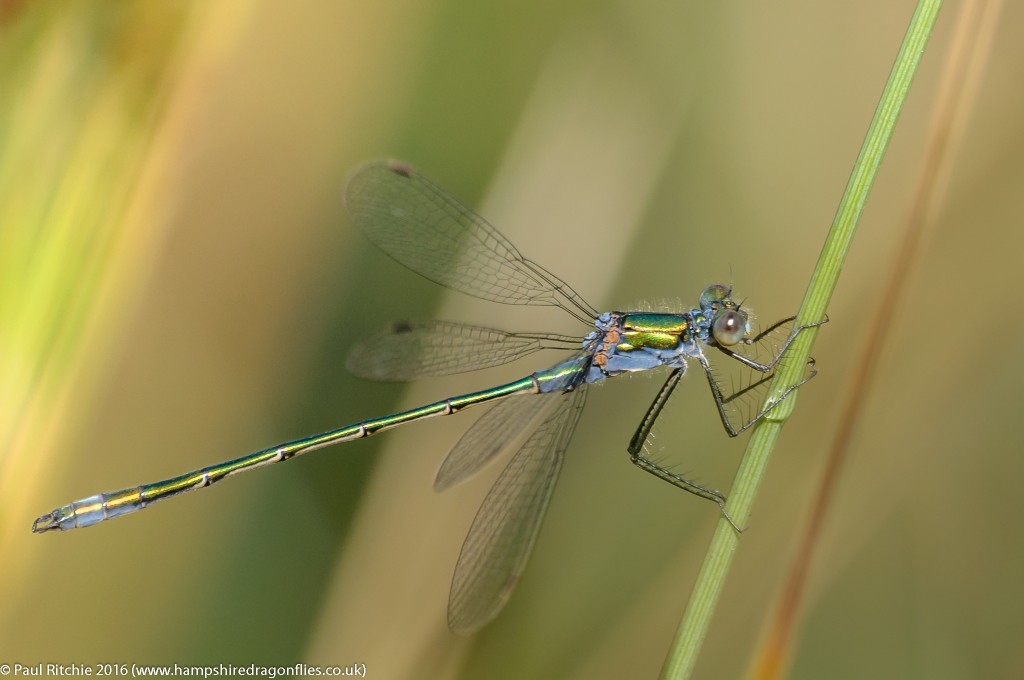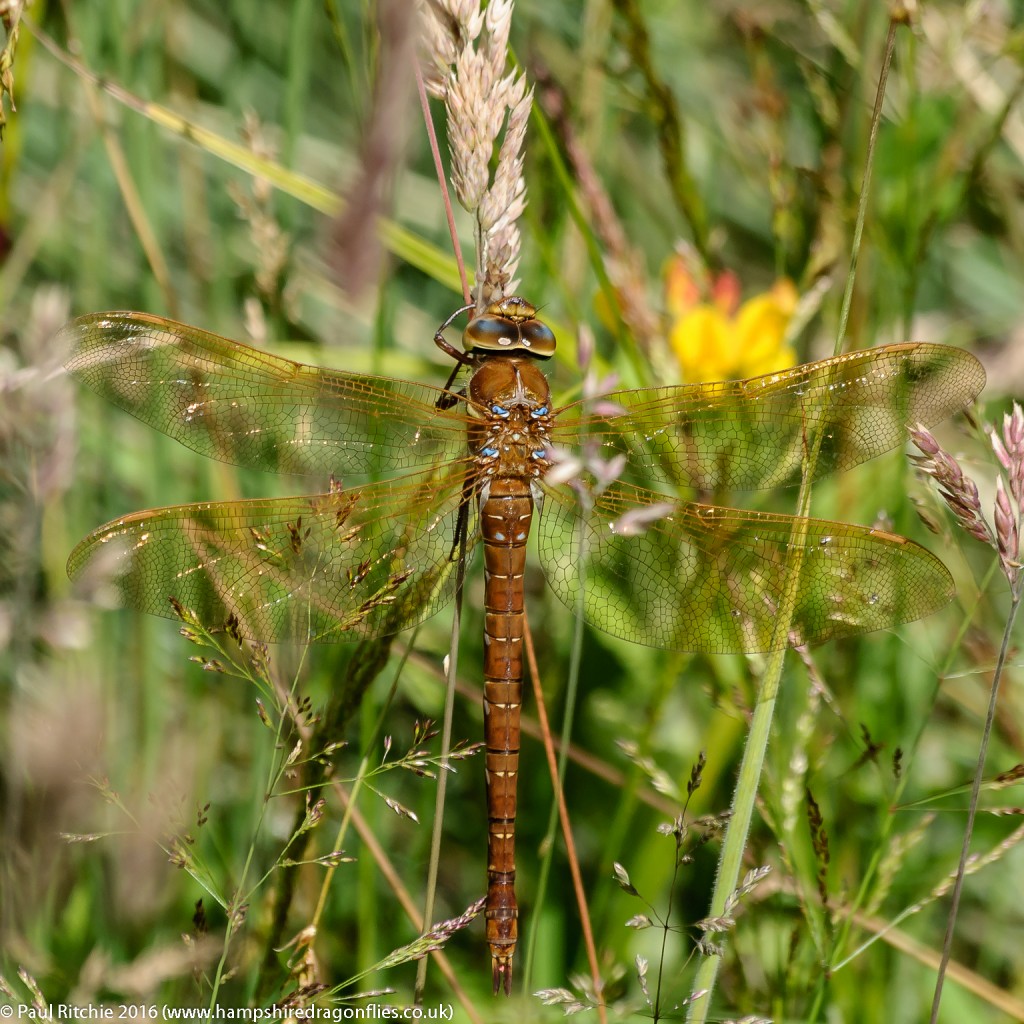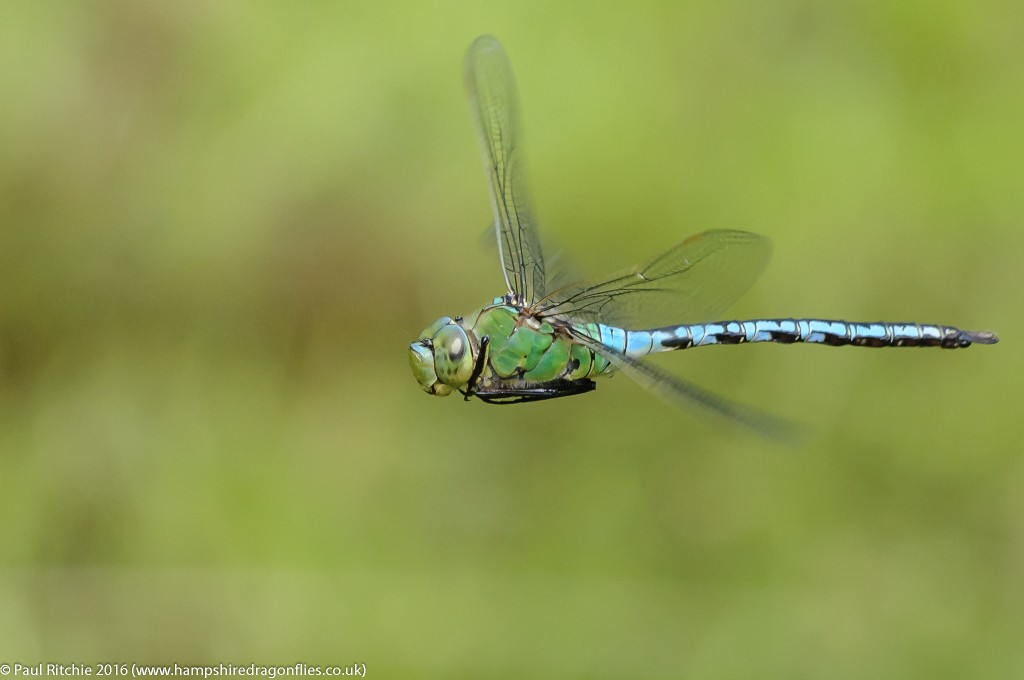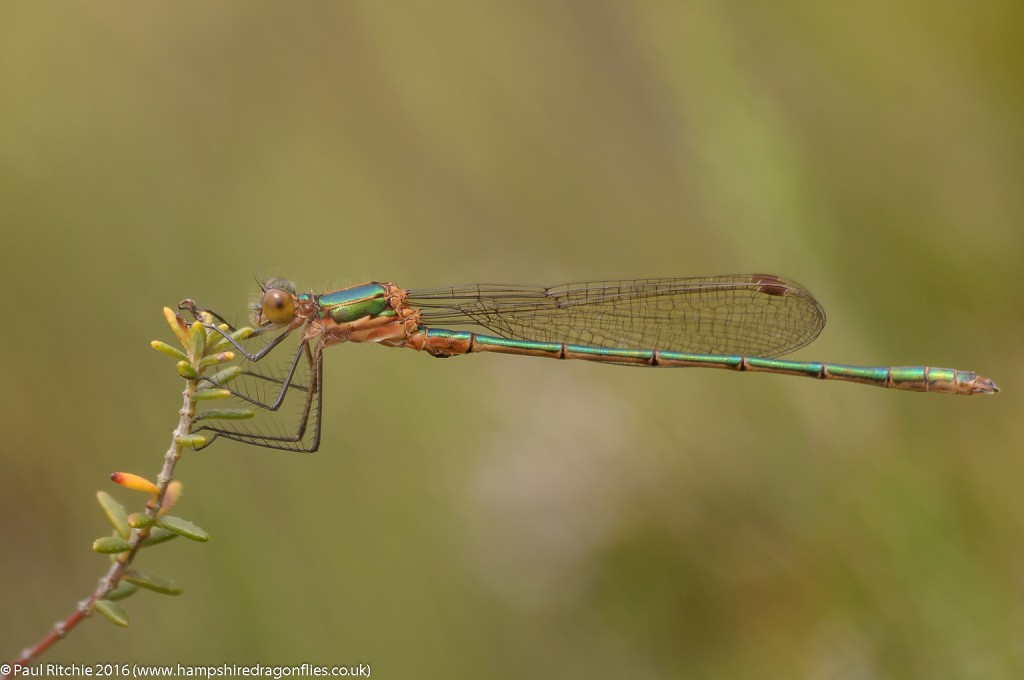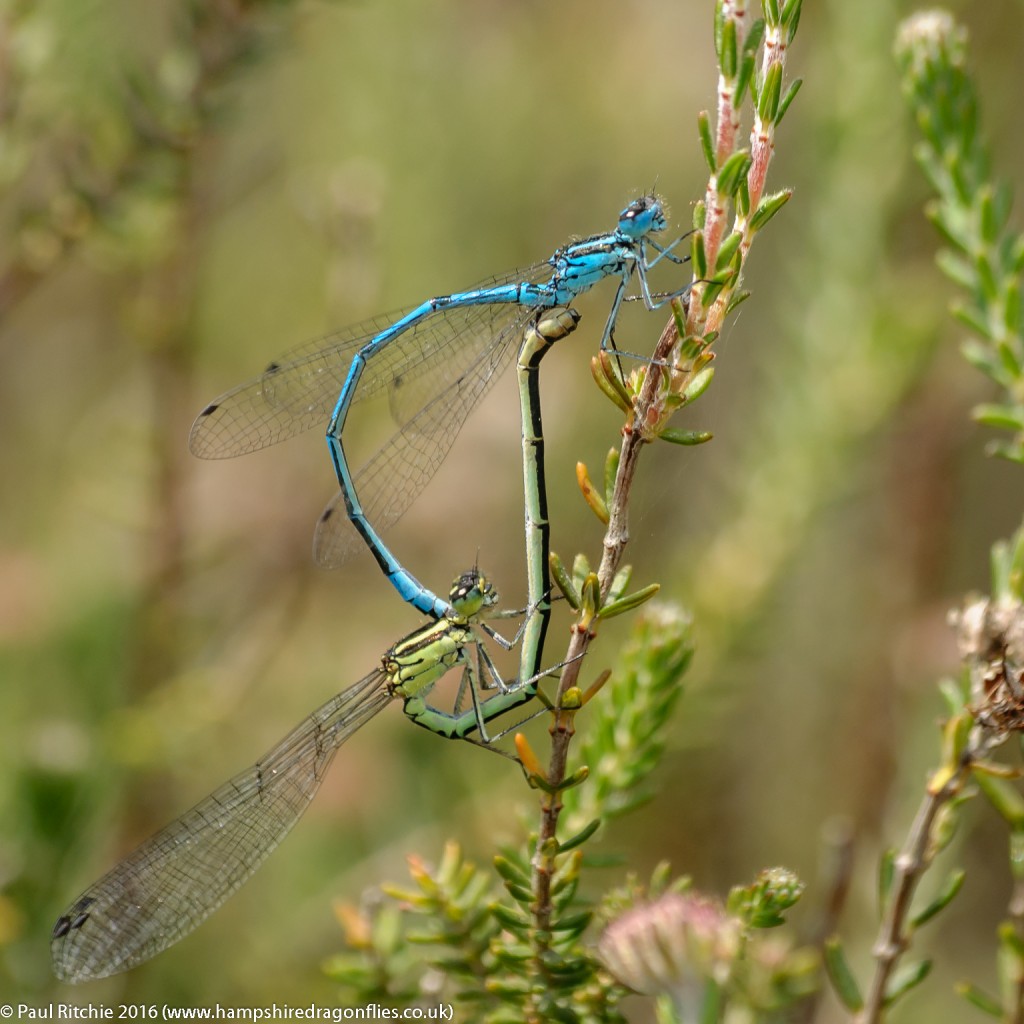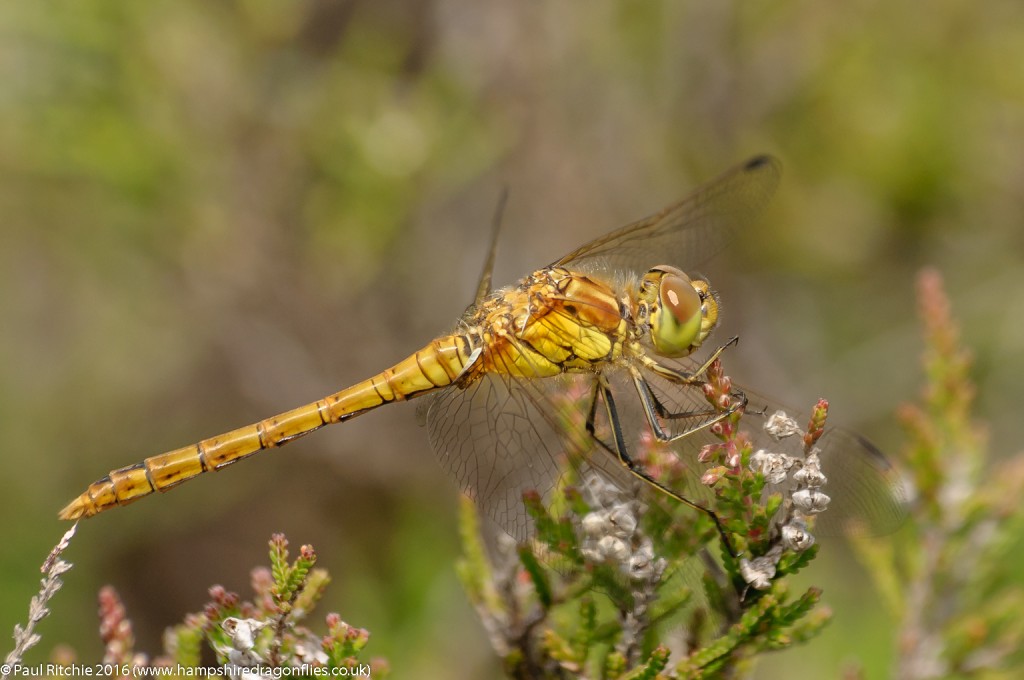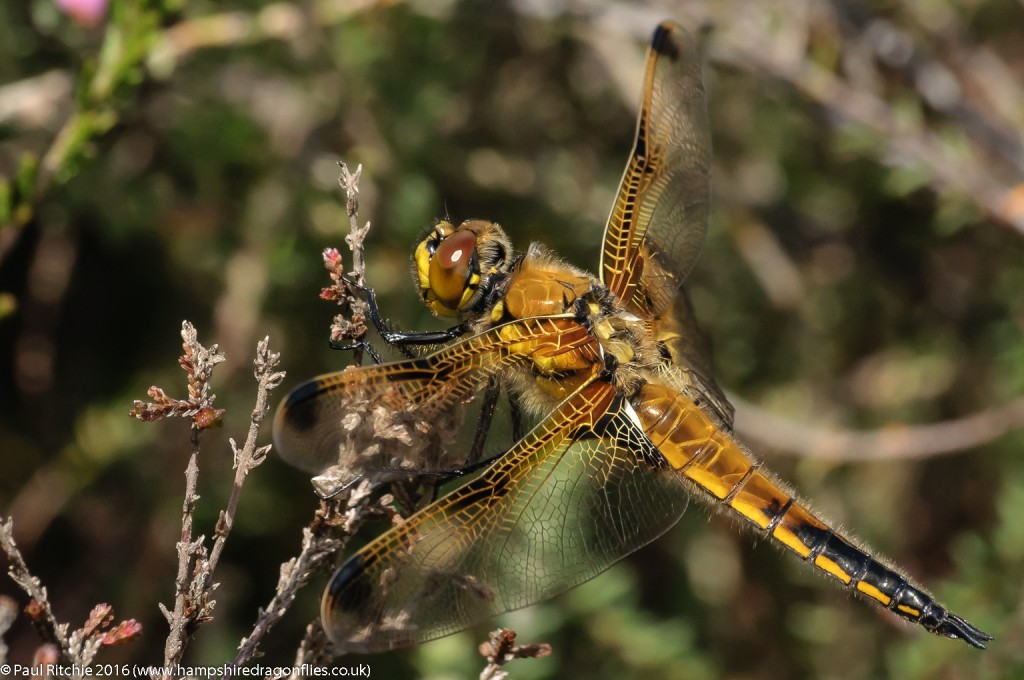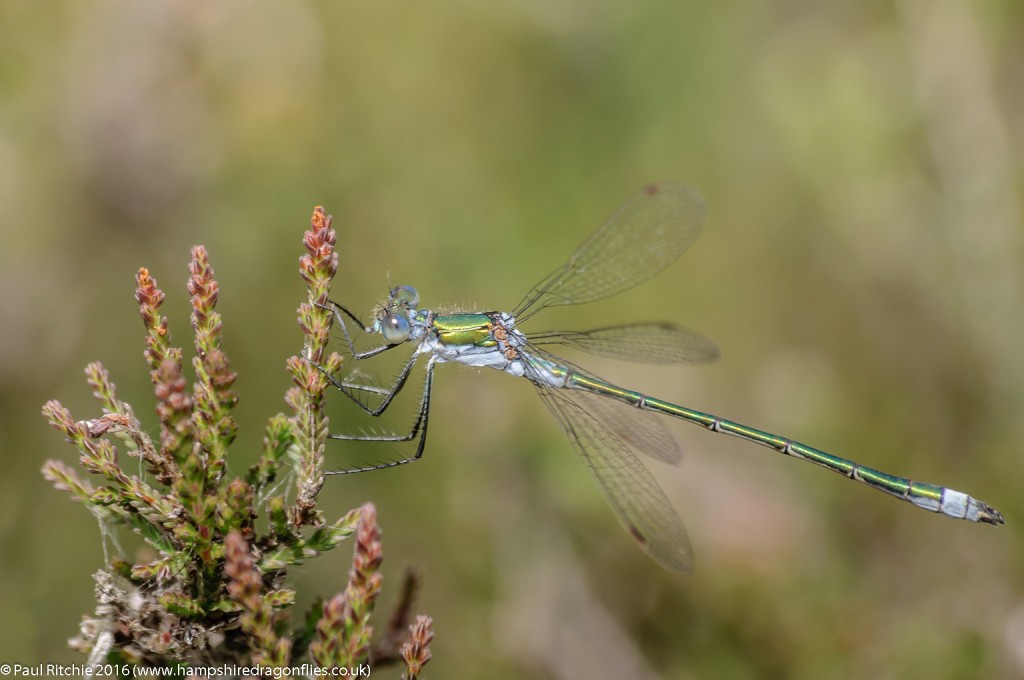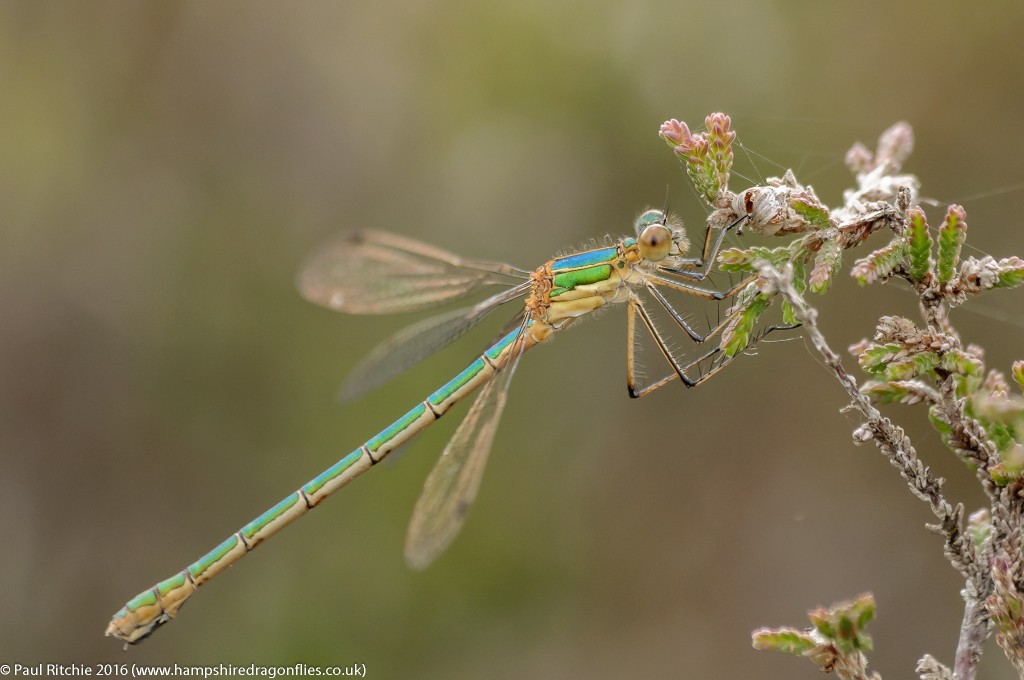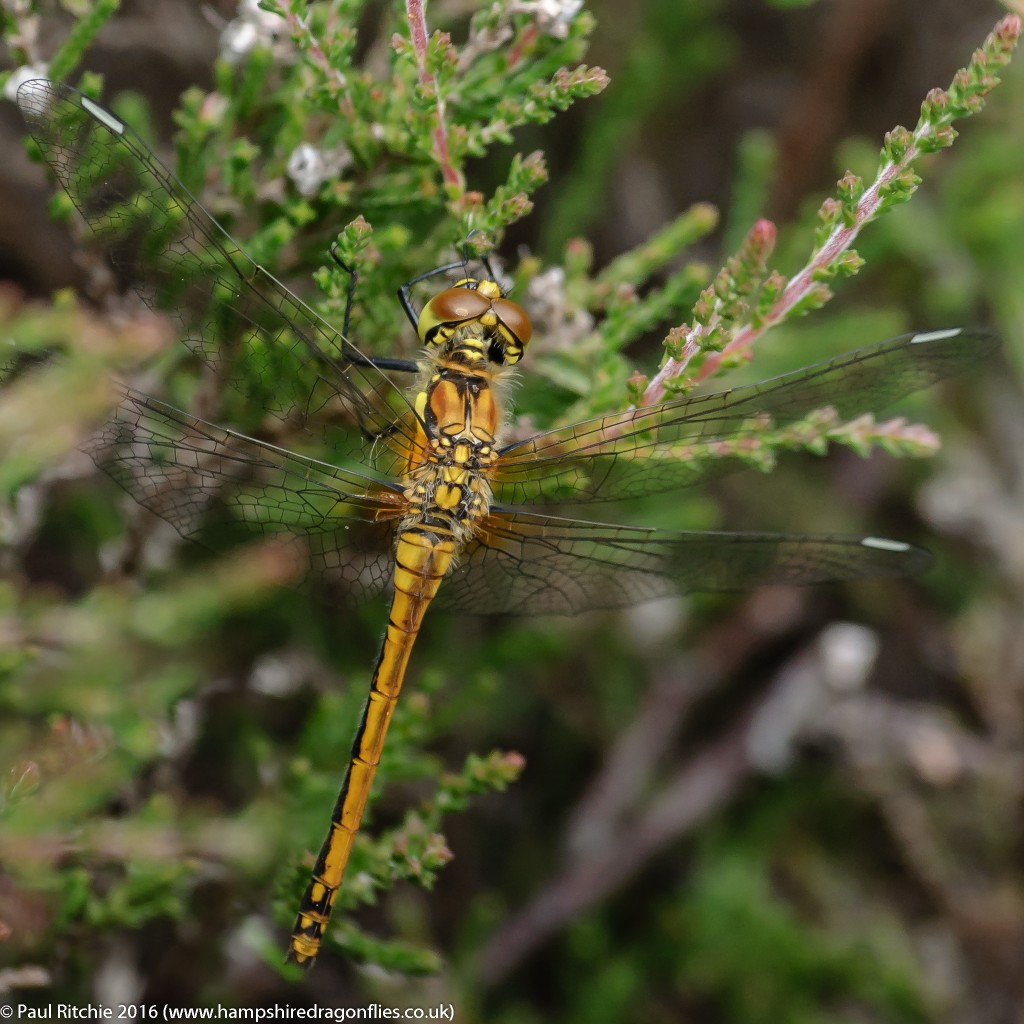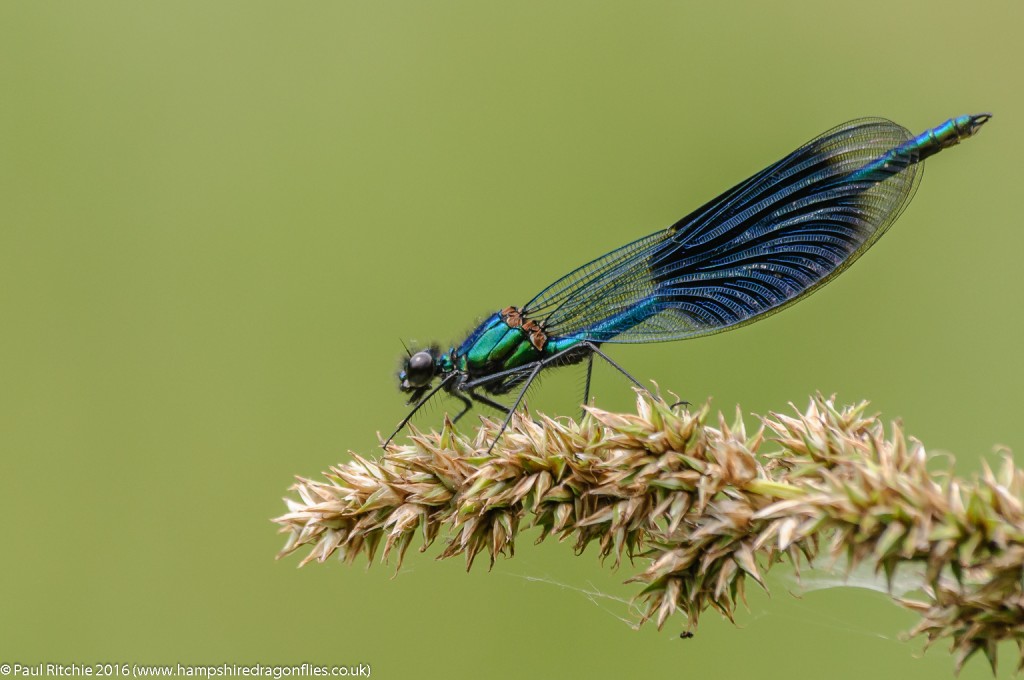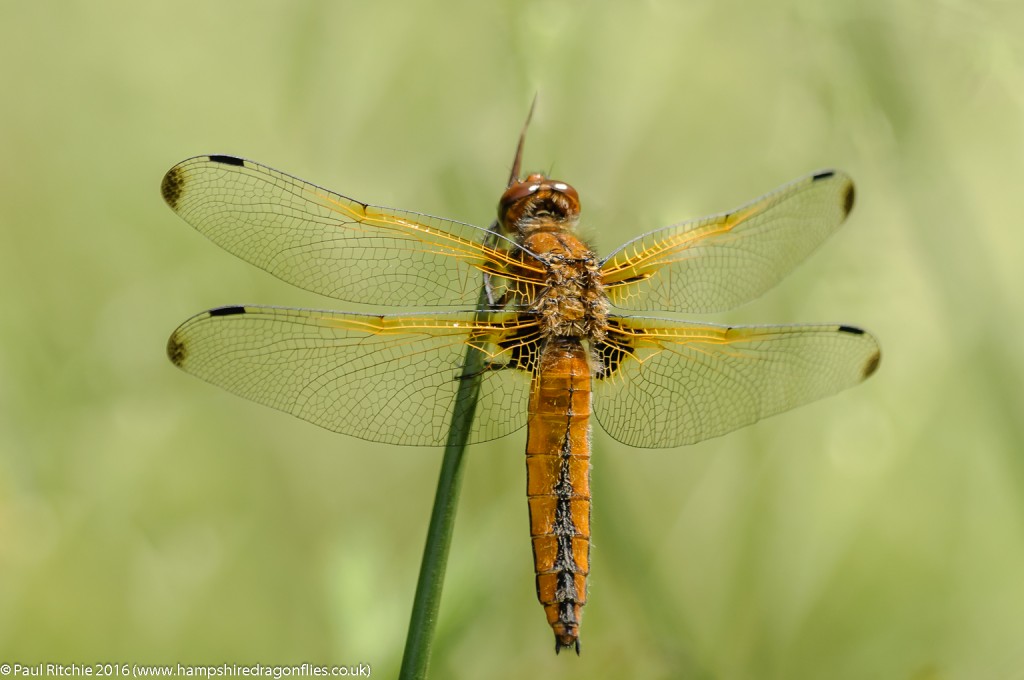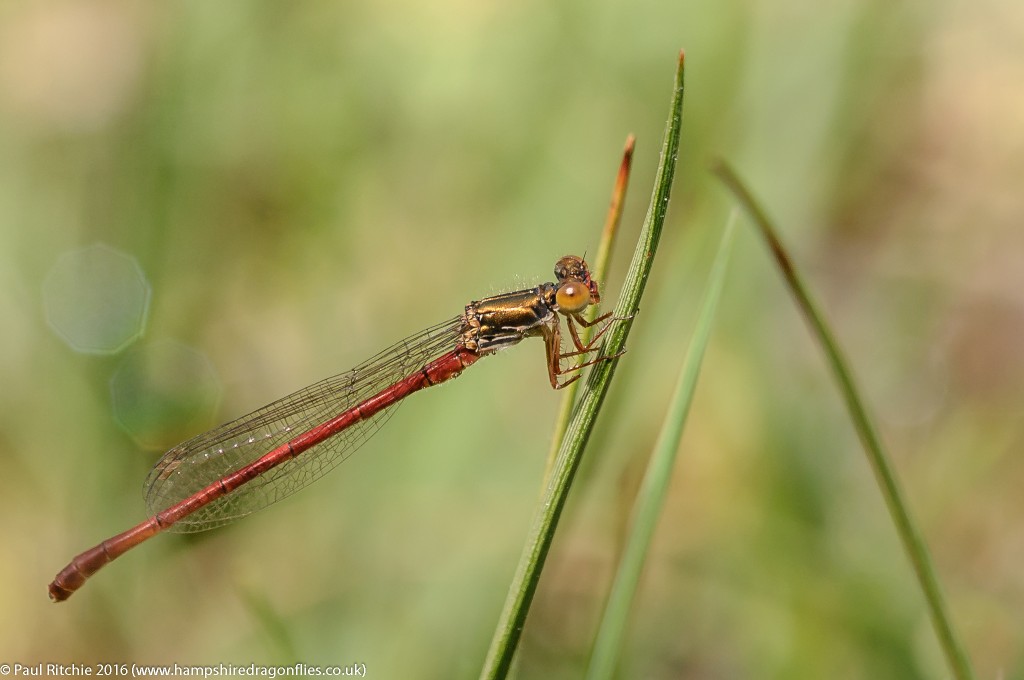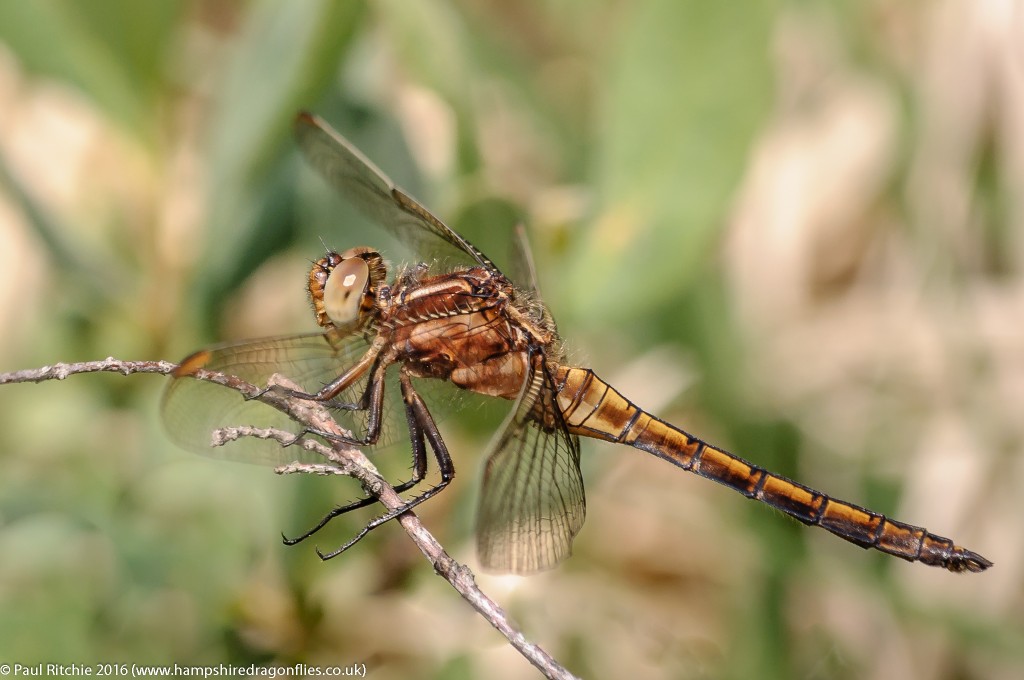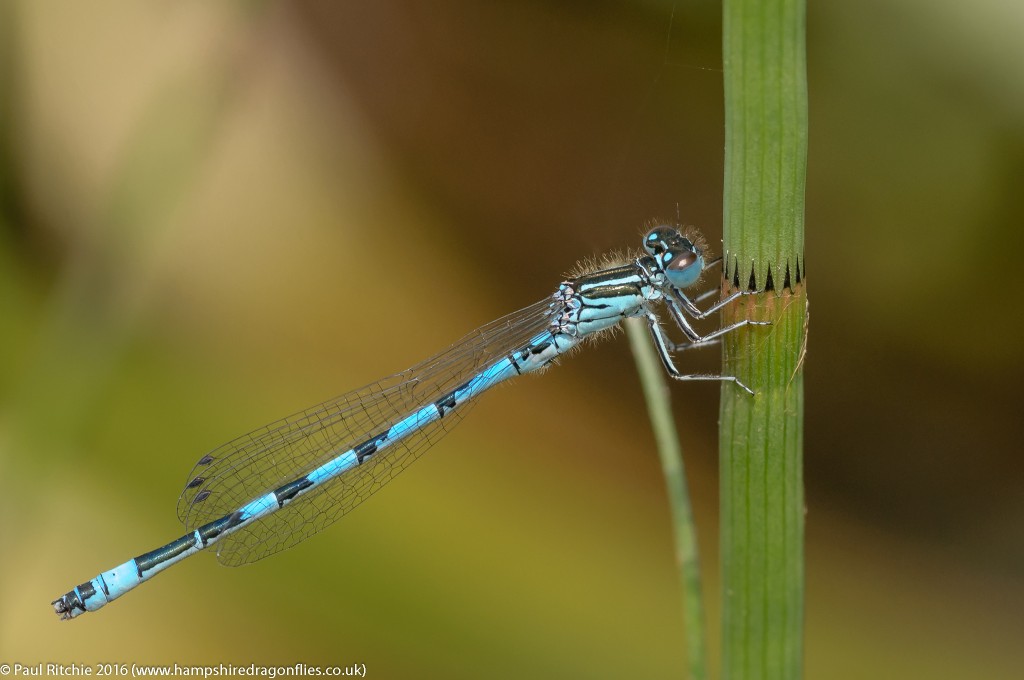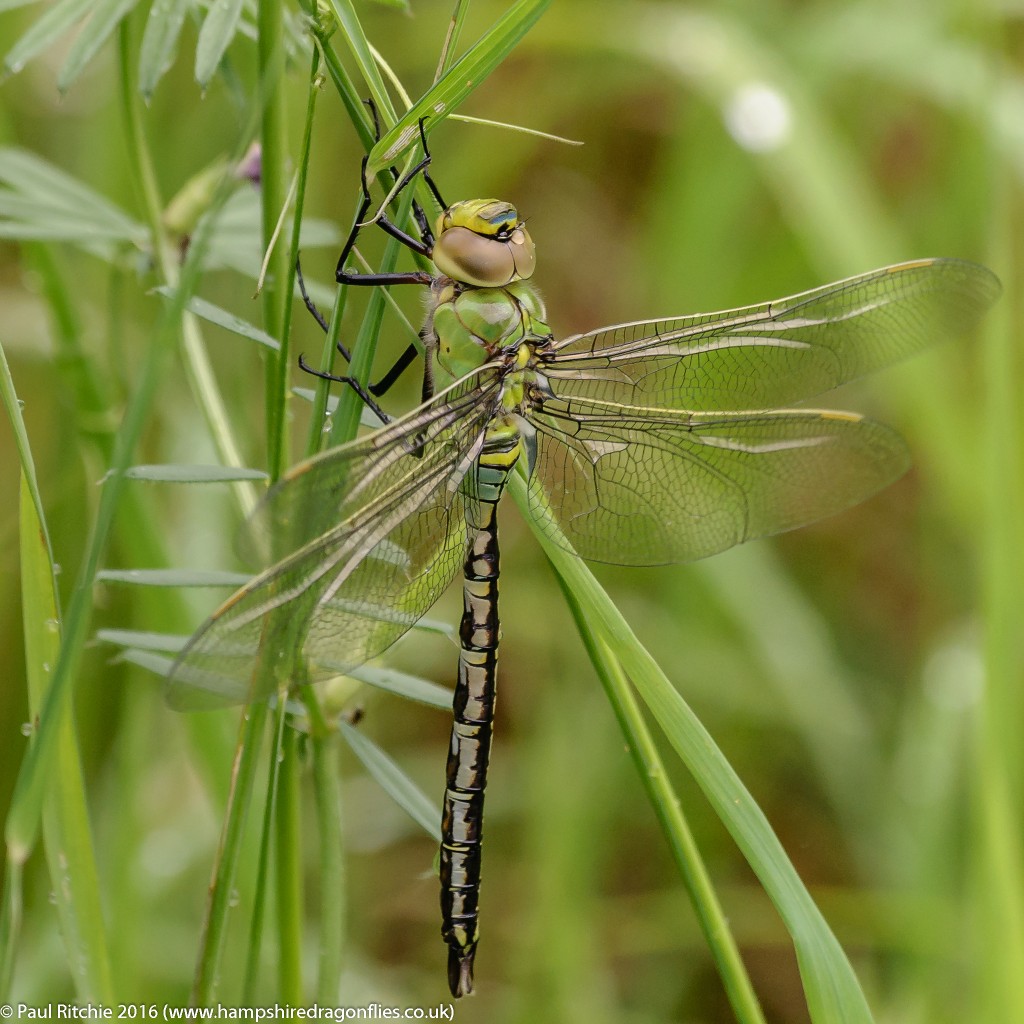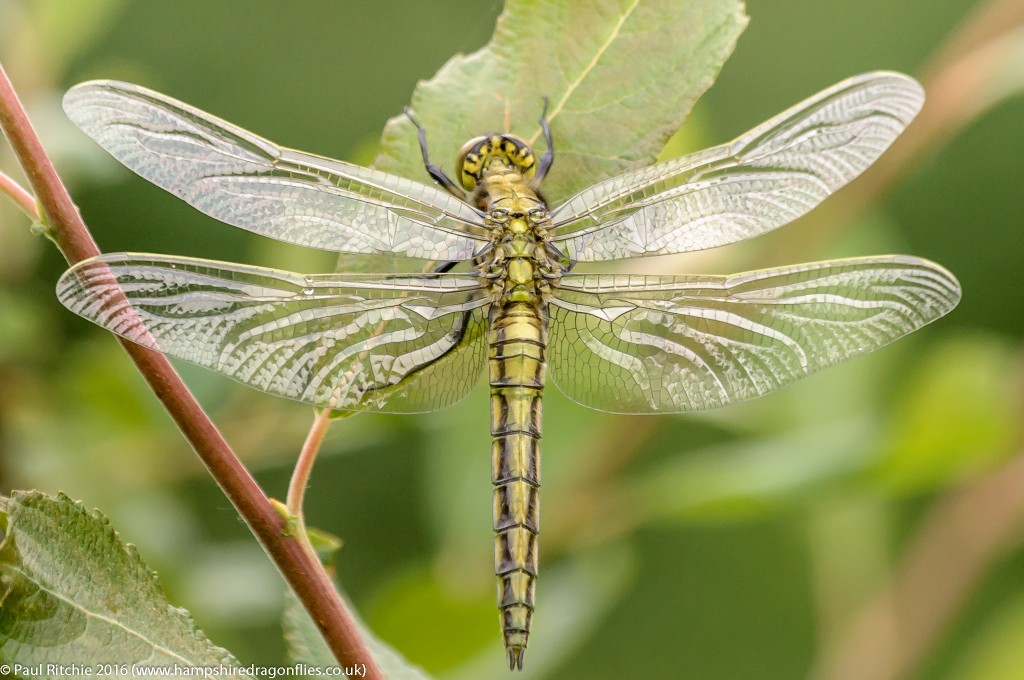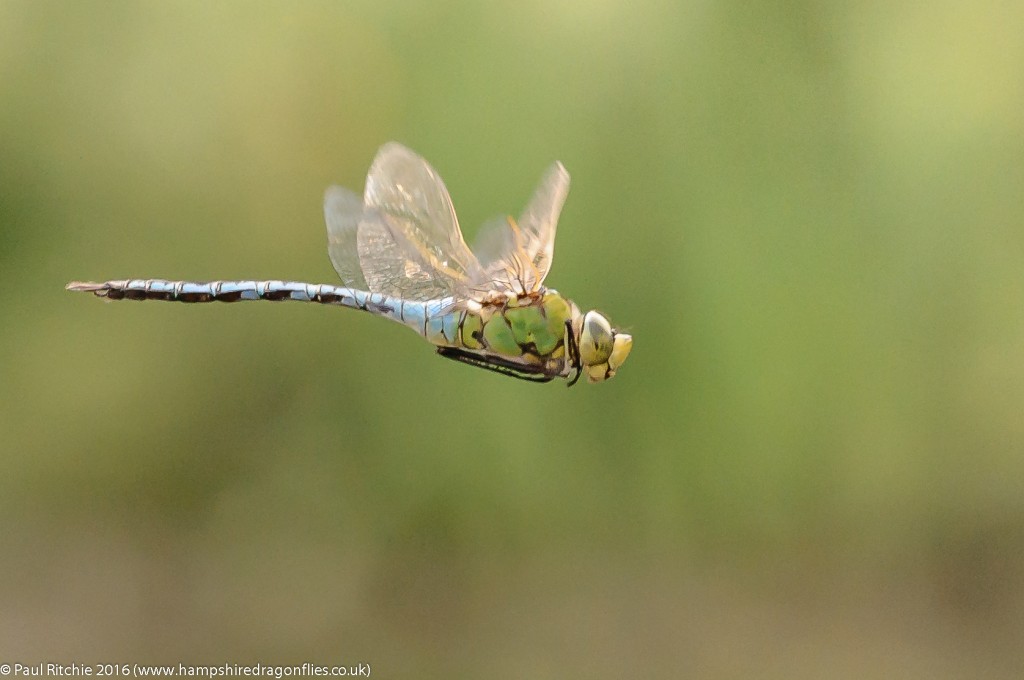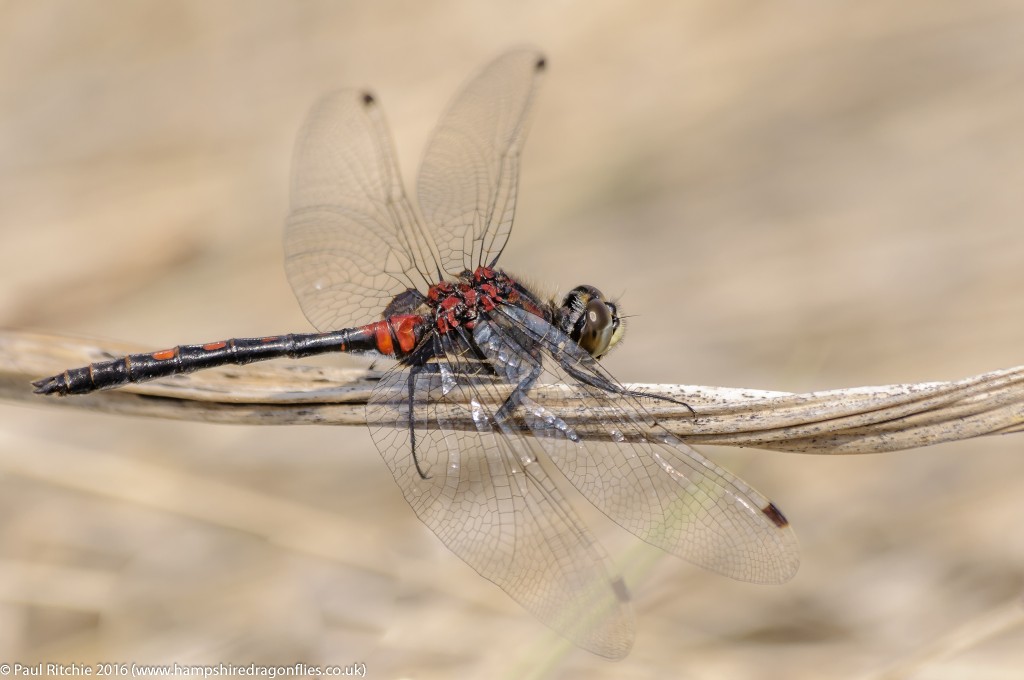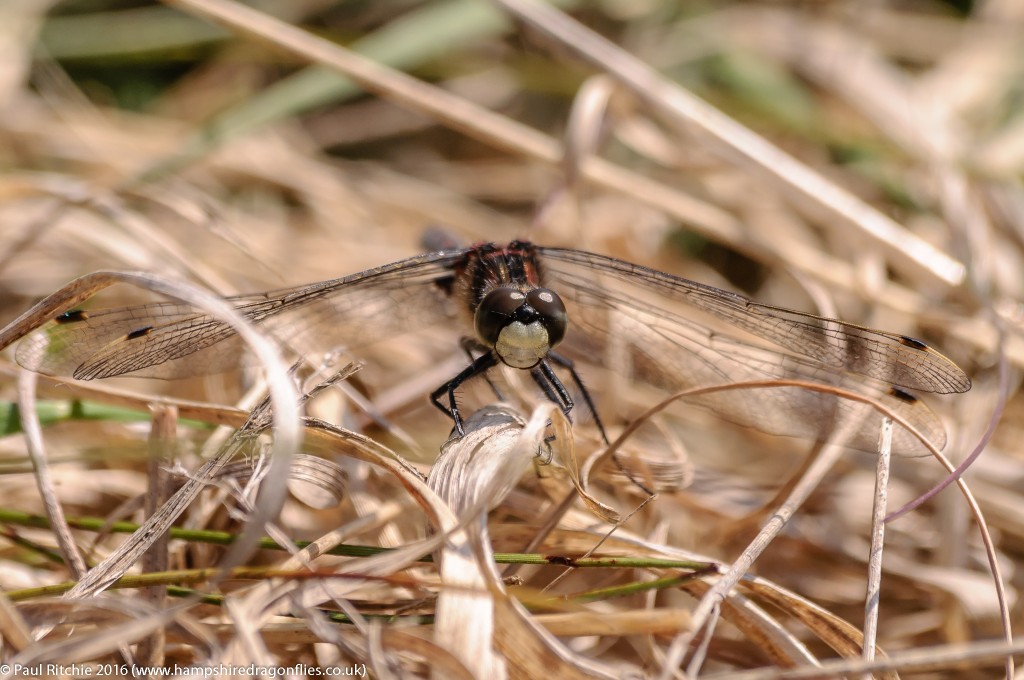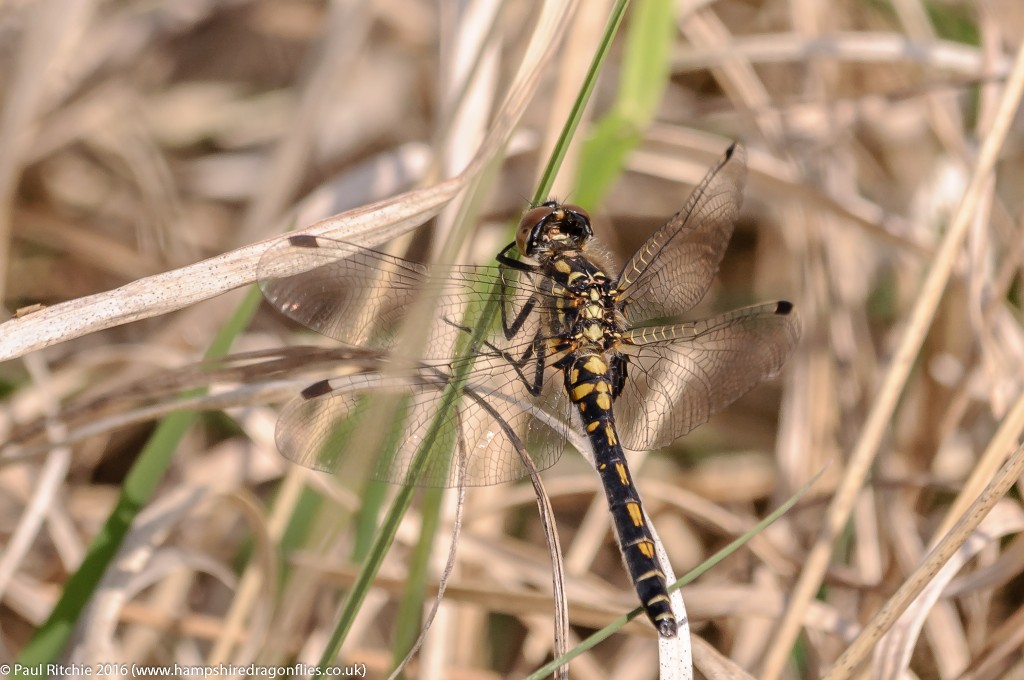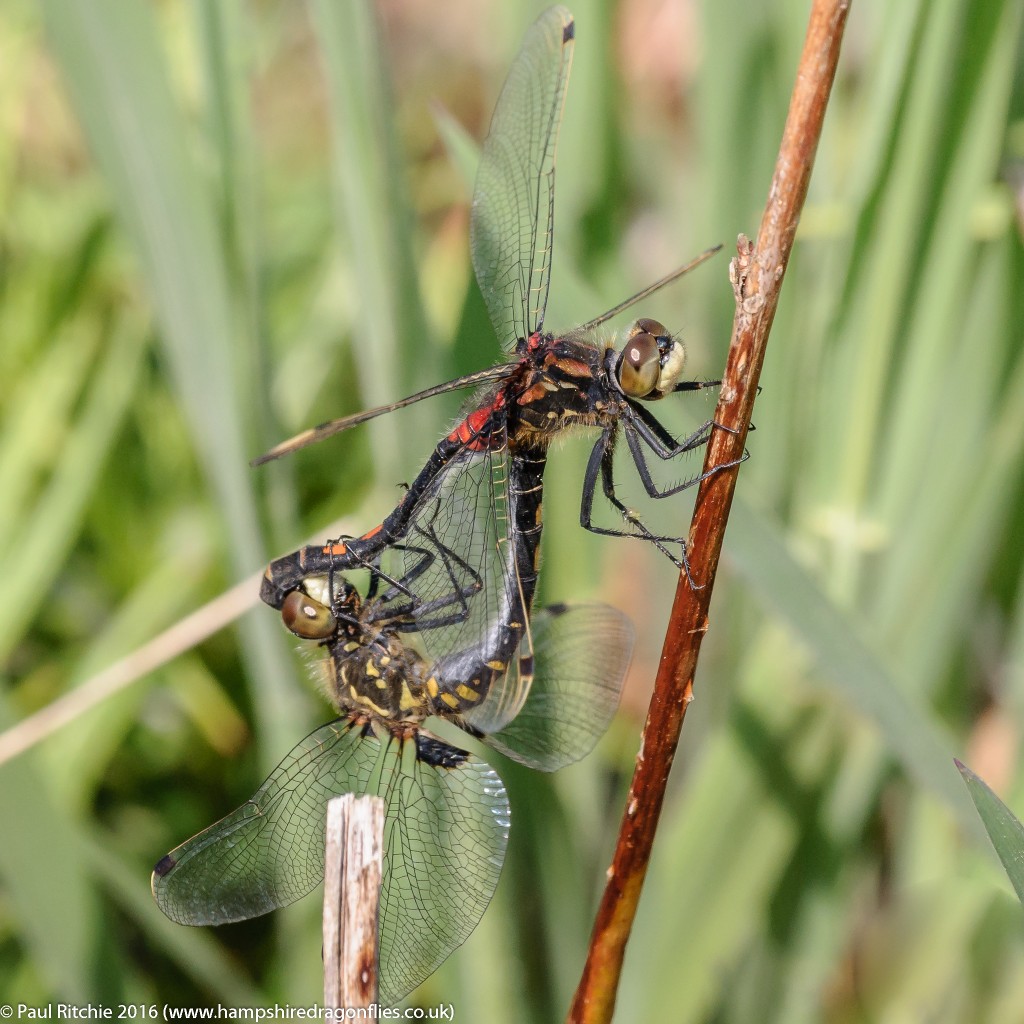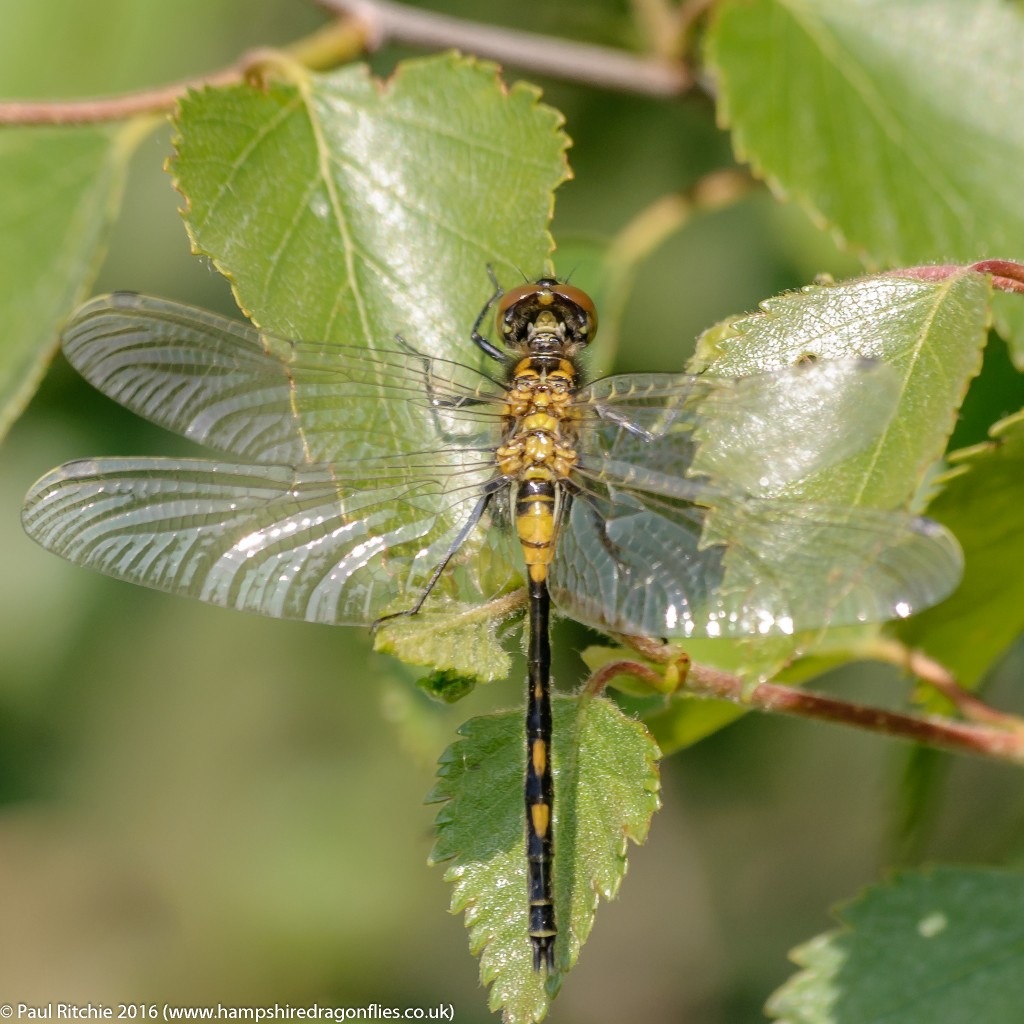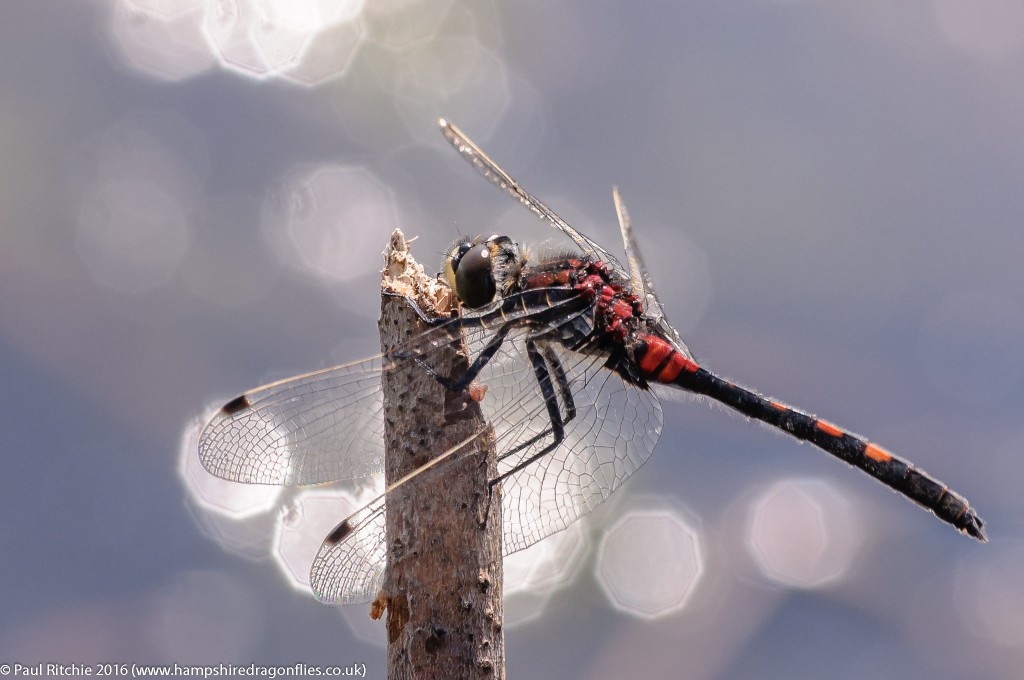Many of you might think I’m way too busy enjoying the sunshine to update the blog and you would’ve been right up until Wednesday. I’d be a fool not to take advantage of this superb weather and enjoy it while it lasts. After all, we don’t get glorious ‘1976’ summers any more.
Some of you still bang on about the glory of 1966 and hope for a revisit, but we realise that being British means accepting disappointment on a daily basis, whether it be the weather, sporting glories or sheer audacity of bottled water.
Anyway the delay in updates is due the my PC failing on Tuesday evening and the associated inconvenience. Thankfully I’m wise enough to back up all important stuff like photos, but not being able to view my images, let alone post then online, has been painful to endure.
My priority was backing up the memory card onto as many forms of media I could lay my hands on, especially after Tuesday, of which more later 🙂
This task alone took time as the notebook I have doesn’t read cards (it should do) so I had to find the USB lead, find a method where I could at least view the images and, as they’re RAW format, try to find a program which could process them. Shouldn’t be too difficult right? It is on a 10 year old notebook with all the speed of a tortoise on tranquilizers.
Then of course I had to remember all the login details for various platforms and e-mail accounts. I’m sure some of you have been there, and I have been before when it was obvious my daily routine was simpler.
I was also sensible enough to create some daily draughts for blog updates while still fresh in the memory, and I’ll attempt to post these shortly when I have some images to include.
In the meantime please bear with me and enjoy yourselves chasing dragonflies while this welcome change in the weather lasts.

